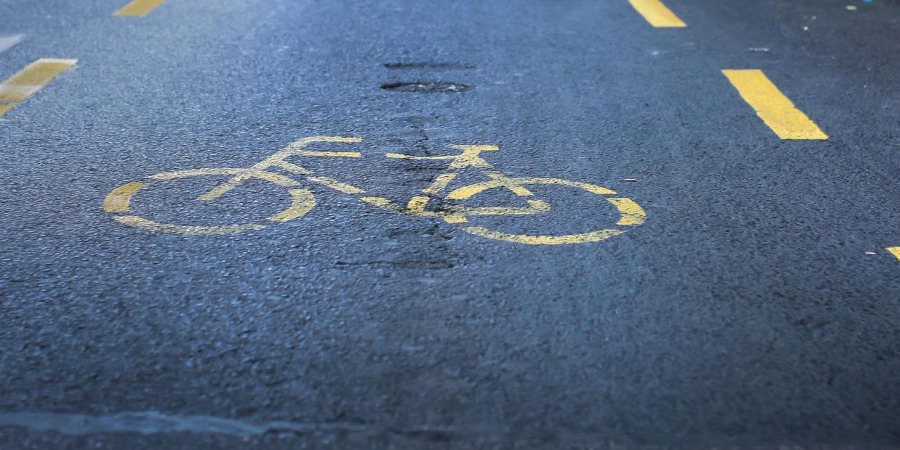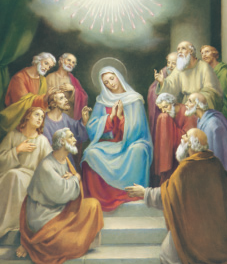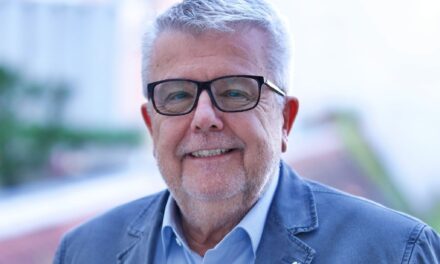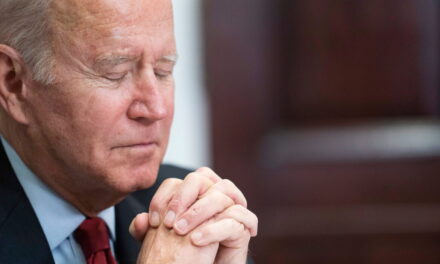The cyclist ran over a car. Not a driver who carelessly stepped in front of the cyclist, but the car itself.
He drove into the bodywork without braking, then fell in front of the oncoming line of cars due to the impact. The driver - although he saw that several elements of his car were damaged - took the unfortunate person to the nearby medical office, although not a single scratch was visible on him.
Everyone blamed the cyclist. Certified driver, cyclist, pedestrian. Fortunately, the doctor found no major problems, but when the driver wanted to take the cyclist home, he declared: he was not going anywhere. He spoke to his lawyer on the phone, who advised him to call the police.
The report of the scene investigators did not rule out the responsibility of the driver, so he was also forced to consult a lawyer for the sake of justice. Despite the clear testimonies of the witnesses, it took more than a year for the police to declare that the driver was not responsible for the accident. There was no mention of who would pay for his damages. The cyclist did not even have household insurance.
It is the experience of many that cyclists can show up anywhere, from anywhere, at any time. They ride on their own or rented, on sidewalks, zebra crossings, bus lanes, in the middle or on the side of the road, sometimes even on the road designated for them. Red lights don't matter to them, and on a one-way street they can scare the unsuspecting motorist in the most unexpected way. They don't have to know the rules, it's enough if the others have a KRESZ exam.
In Colombo, the capital of Sri Lanka, in the months after the devastating tsunami, I witnessed a passenger in an open three-wheeled taxi being given a lighter by a passing truck driver after seeing the passenger frantically rolling his cigarette. An indeterminate number of vehicles were rolling in unmarked lanes. Hundreds of motorcyclists, cyclists, buses, private and rental cars, well, and the tropical heat together represented peak traffic. All this without a single click. The apparently non-local taxi driver handed back the lighter with a lit cigarette in his hand. The truck driver passed it on to the driver of a passenger car, who then returned it to its owner, a smiling young man on his scooter.
More than twenty million people live in the former Ceylon, which has a smaller area than our country. The country is called the pearl of the Indian Ocean. Its name – in Sinhalese – means radiant, shining country.
Featured image: Gábor Szabó/Origo













